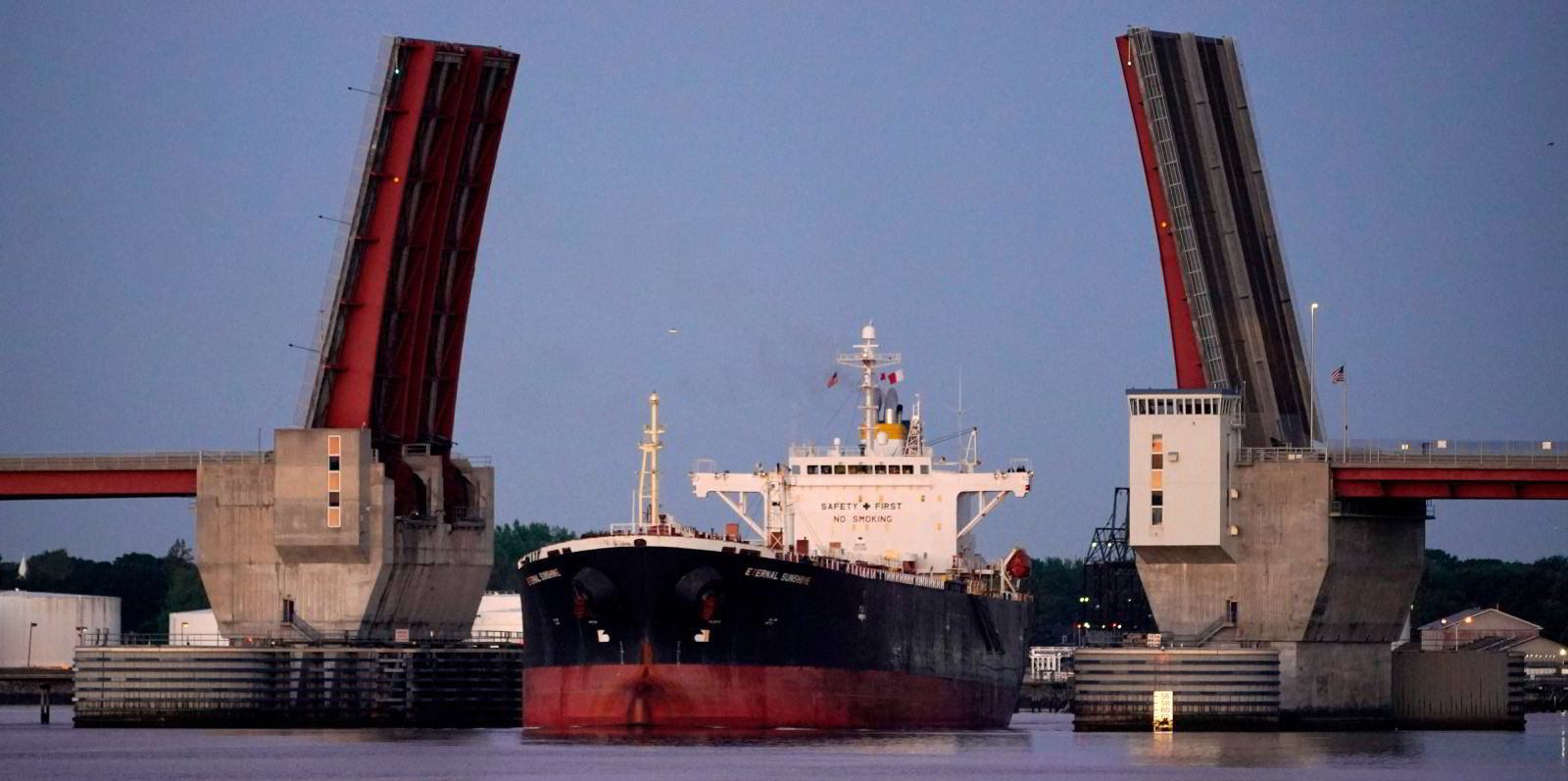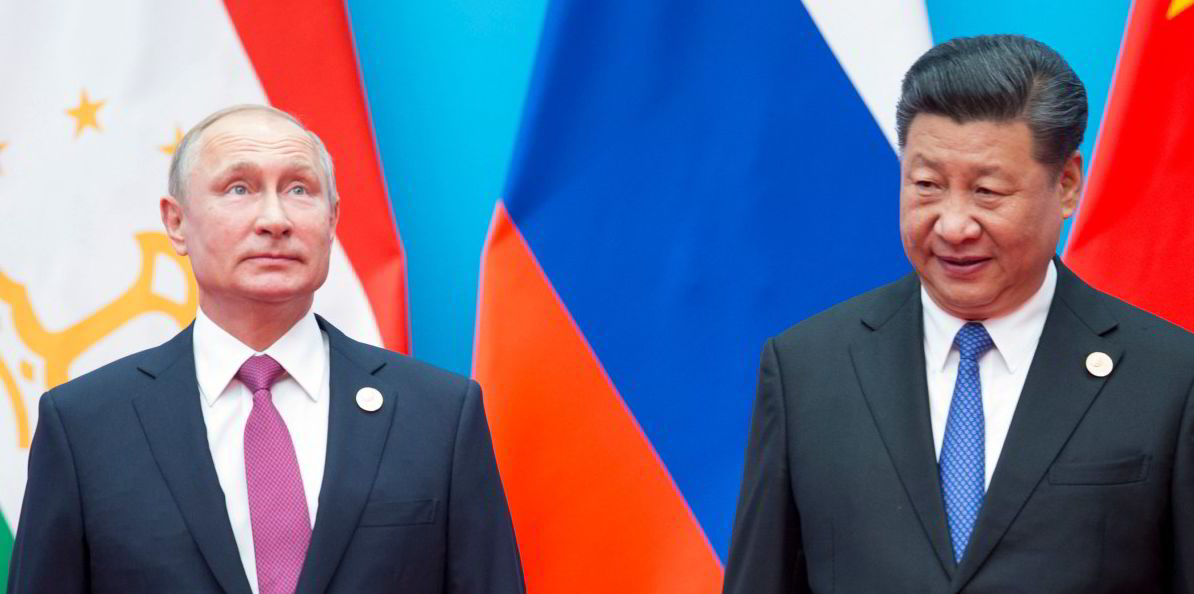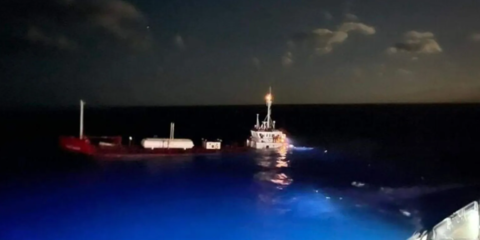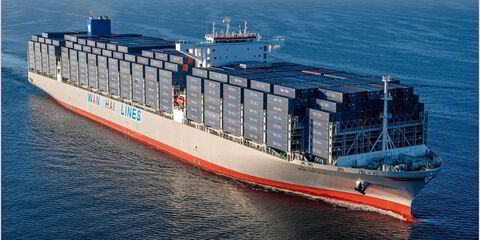Recession? What recession? As global stock markets barrel downwards on gloomy forecasts around extended Covid-lockdowns in China, the tanker markets keep on steaming ahead.
Beijing is partly at the centre of the shipping boom with a spate of major charters — state-owned refiner Unipec took eight vessels on its own — diving in to move oil to the Far East from the Middle East.
Spot rates for VLCCs rocketed 27% on that route last Friday alone, according to Fearnley Securities, with demand tightened by bad weather in Asia. The cost of hiring one of these “supertankers” was up 40% on the week.
Some put the surge down to Chinese refiners reducing demand for Russian crude in favour of supplies from the Middle East, West Africa and the US Gulf.
Nicolai Hansteen at Lorentzen & Co believes China is trying to take over from India as a producer of gasoil to the world market.
Another key driver is the European Union ban on Russian seaborne crude imports, which comes into force on 5 December.
The rate spike underlines the tight nature of the market as the Russian invasion of Ukraine and subsequent Western sanctions on Moscow alter trading patterns and increase many journey times.
Shipowners are scrambling to get in on the action with more tonnage. In the last three months, the average price of a secondhand VLCC has risen 18% to more than $84m while smaller suezmax values are up 22% on the year to just under $58m.
Shipowners are scrambling to get in on the action with more tonnage. In the last three months, the average price of a secondhand VLCC has risen 18% to more than $84m
The markets are also being helped by the fact that the cost of the key Brent blend crude has fallen from the 52-week high of $139 per barrel to the more sedate current level of $92 this week.
In fact, the September 2027 Brent futures contract is trading below $70 even as oil executives claim crude is heading into a new high-price era.
The oil price pullback is largely influenced by fears that the US Federal Reserve’s determination to curb inflation by raising interest rates will slow the global economy while China continues to lock down cities (and parts of the economy) over Covid.
The World Bank last week warned that we “may be edging toward a global recession in 2023 and a string of financial crises in emerging markets and developing economies”.
But for now, the tanker markets are in full swing and certainly not just for the VLCC sector, which has continued to be undermined by the “dark fleets” serving Iran and Venezuela under the radar screen — both metaphorically and actually. The latest reports put booming sales in hi-tech equipment to those willing to bust sanctions and hoping to avoid detection.
Capacity utilisation for product tankers over the past three months has been at 92%, the highest recorded figure for 20 years. That means it beats the highs notched up during the 2008 shipping mega-boom.
Last week, freight rates for the larger vessels slightly dipped but the chances of any global economic recession denting the clean tanker side of the shipping market are highly doubtful, argues Clarkson Securities.
This is partly because already in this calendar year product tanker demand has grown 7% more than any increased supply brought about by new vessels coming down the slipway.
The surge in the fortunes of the smaller tanker market is being driven by the same energy crisis due to the Russian invasion of Ukraine and growing efforts by Western nations to halt their Kremlin petroleum imports in favour of other providers often using ships, not pipelines.
Spot freight rates across the range of clean tankers averaged $40,000 a day in the third quarter and Clarksons is predicting so-called LR2 product carriers will be raking in $70,000 for the final three months of 2022.
This puts a pile of cash in the way of the sometimes overlooked product tanker sector, allowing it to pay down debt and even indulge in share buybacks as well as dividend payouts.
Clarksons calls the earnings positively “transformative”, while one VLCC operator (Delta Tankers) is said to have banked $9m alone on one voyage from the US Gulf to Singapore.
Clouds may loom on the economic horizon but the sun is blazing down on tankers right now.(Copyright)





